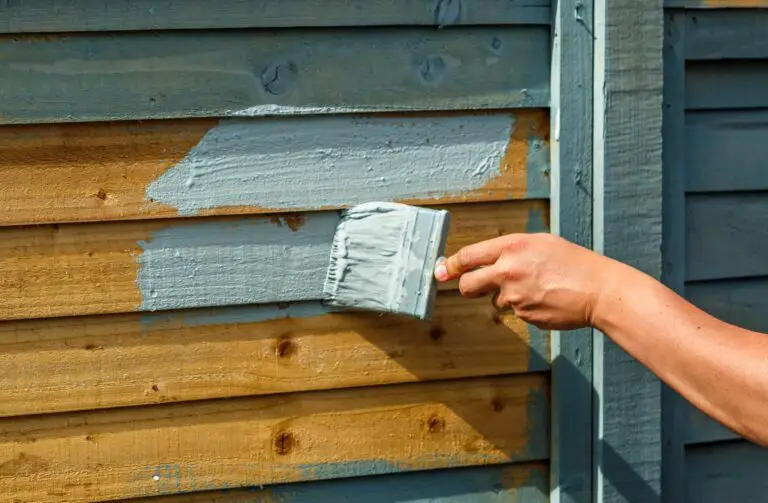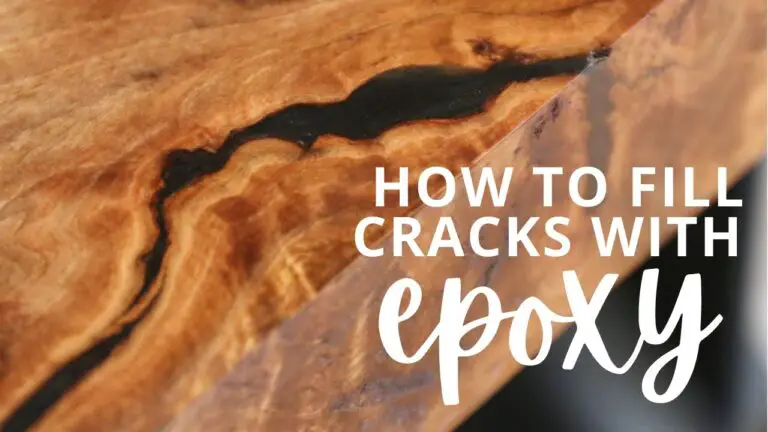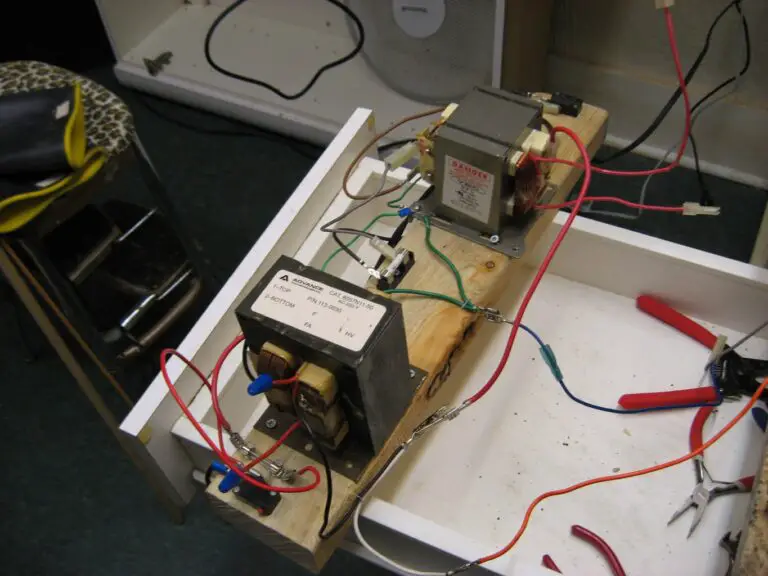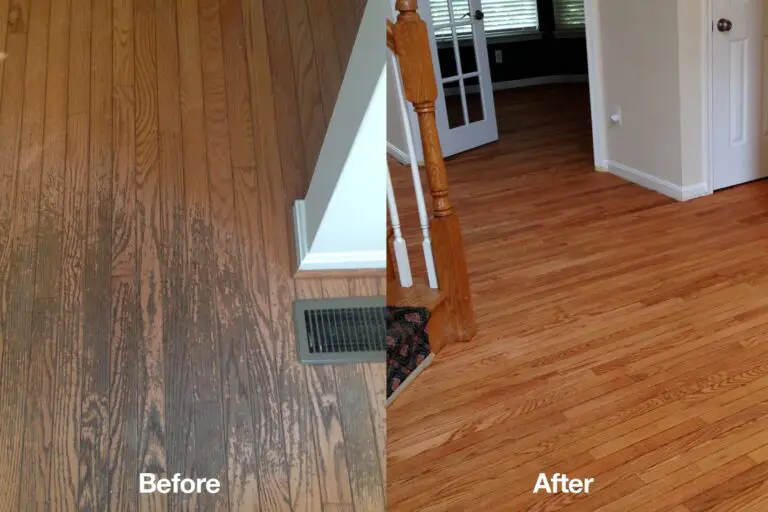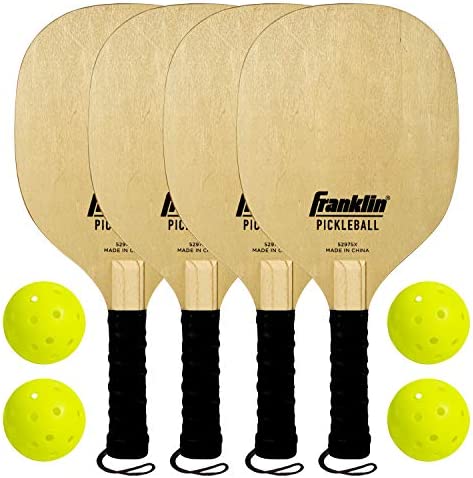What Do Termite Holes Look Like in Wood : Identifying the Signs
Termites are notorious pests that can cause significant damage to wooden structures, including furniture, flooring, and even the structural elements of a building. One of the most common signs of a termite infestation is the presence of termite holes in wood. These small openings can indicate a serious problem, and it’s important to be able to recognize them in order to address the issue promptly. In this article, we’ll explore what termite holes look like in wood, how to identify them, and what to do if you suspect a termite infestation.
What Are Termite Holes?
Termite holes, also known as kick-out holes, are tiny openings that termites create when tunneling through wood. These holes are often the first visible sign of a termite infestation, as termites use them to dispose of waste material such as dirt, feces, and wood fragments. As termites tunnel through the wood, they push these materials out through the holes, creating small piles of debris on the surface below. These piles, known as “termite frass,” are a telltale sign of termite activity.
What Do Termite Holes Look Like?
Termite holes can vary in appearance depending on the type of termites present and the condition of the wood. In general, termite holes are small and round, typically no more than a few millimeters in diameter. They may appear as tiny dots on the surface of the wood, often with a surrounding ring of fine, powdery frass. In some cases, the holes may be larger and more irregular in shape, particularly if the termites are tunneling close to the wood’s surface.
It’s important to note that termite holes are not the same as exit holes left by wood-boring beetles. While both types of holes may appear similar at first glance, there are key differences in their size, shape, and the type of debris they produce. If you’re unsure whether the holes in your wood are caused by termites or another type of pest, it’s best to consult with a professional pest control expert for an accurate assessment.
Identifying Termite Holes
When inspecting wood for termite holes, there are several key indicators to look for. These include:
- Small, round openings on the surface of the wood
- Piles of powdery frass surrounding the holes
- Tunnels or galleries visible beneath the surface of the wood
- Hollow-sounding or weakened wood when tapped
- Presence of live termites or their discarded wings near the holes
If you observe any of these signs, it’s important to take action to address the termite infestation as soon as possible. Ignoring the problem can lead to further damage and costly repairs down the line.

Credit: stampedepestcontrol.com
What to Do If You Find Termite Holes
If you discover termite holes in wood, it’s crucial to seek professional help to address the infestation. A licensed pest control professional can conduct a thorough inspection of your property to determine the extent of the termite activity and recommend an appropriate treatment plan. Depending on the severity of the infestation, treatment options may include localized spot treatments, tent fumigation, or baiting systems designed to eliminate the termite colony.
In addition to treating the immediate termite problem, it’s important to take steps to prevent future infestations. This may involve addressing moisture issues around the property, removing wood-to-soil contact, and implementing ongoing termite monitoring and maintenance measures.
Frequently Asked Questions On What Do Termite Holes Look Like In Wood : Identifying The Signs
What Are The Signs Of Termite Damage In Wood?
Termite damage in wood may appear as small holes, sagging floors, or hollow-sounding wood when tapped.
How Can I Identify Termite Holes In Wood?
Look for small, round exit holes, often accompanied by tiny pellets or powdery wood dust nearby.
Can Termite Holes In Wood Be Repaired?
Yes, termite-damaged wood can be repaired by filling holes with wood putty and strengthening the affected area.
Why Do Termites Create Holes In Wood?
Termites create holes in wood as they tunnel through and feed on the cellulose within the material.
Conclusion
Understanding what termite holes look like in wood is an important aspect of pest management and property maintenance. By learning to recognize the signs of termite activity, you can take proactive steps to protect your home or building from potential damage. If you suspect a termite infestation, don’t hesitate to contact a professional pest control provider for a thorough inspection and expert guidance on treatment and prevention.

